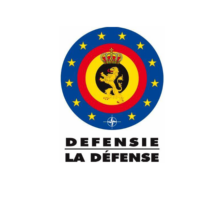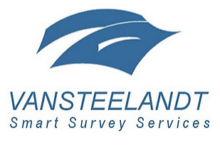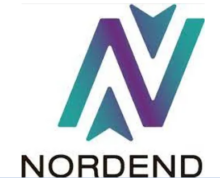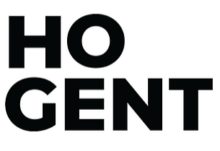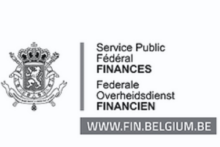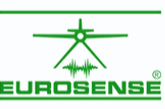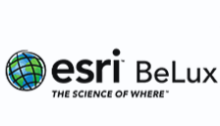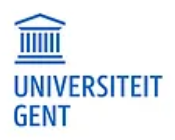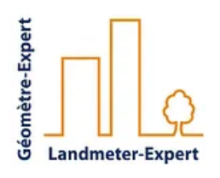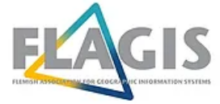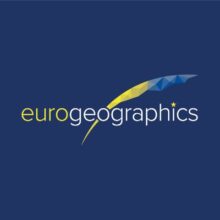Programme

Track 3 – Le jumelage numérique pour une meilleure gestion et modélisation prédictive des géodonnées
Veuillez noter que le programme tient compte de la langue (FR/NL/EN) dans laquelle les sessions sont données.
Digital Twin for Utilities - How to get there? (EN)
Luc De Heyn - MerkatorEvery network operator needs to know « what’s out there and how it is connected ». Your GIS asset inventory should be able to support you, but no one can guarantee the data quality: your inventory slows you down. The dream of a Digital Twin is clear: an accurate, complete, and up-to-date inventory. A true Digital Twin provides a single-source-of-truth, supports incident simulations and faster root-cause analysis of network issues. In this presentation, we will explain how to reach the Digital Twin inventory and how this inventory will contribute to the benefits of the engineering, operations, monitoring and sales team of the network operator.
A 3D tree map, based on AI and citizen science (EN)
Victoria Jadot - EurosenseIn partnership with VIVES University of Applied Sciences, Eurosense is developing a 3D tree map based on Artificial Intelligence and citizen science. This project combines three areas of expertise of Eurosense: geodata, artificial intelligence and urban green. The objective is to identify individual trees and key attributes (such as coordinates, height, crown area, etc.), and to calculate carbon stock – starting from different sources of geodata. Via a web app, the tree cadaster is accessible and being enriched by citizens and experts.
In this presentation, Eurosense will explain its two main missions within the project:
-
The creation of a 3D tree layer with AI
-
The development of a terrain app that allows citizens to (1) verify the automatically generated tree layer and (2) add extra attributes
Digital Twin: comprehensive solution or a (too) promising concept (EN)
Jantien Stoter - TUDelftThe term Digital Twin has been used in many ways since this concept made its appearance in the geo-domain several years ago to solve environmental issues as a promising technology. How do we ensure that implementations are not limited to separate – mostly technical – partial solutions instead of being the promised solution to environmental issues? In the presentation, the term Digital Twin will be subjected to a reality check from the geo-data domain, which has been engaged in modelling reality in spatial data representations for the purpose of analyses and simulations for decades.

Luc De Heyn
CCO - Merkator

Victoria Jadot
Eurosense

Jantien Stoter
Hoogleraar 3D Geoinformation - TUDelft
Veuillez noter que le programme tient compte de la langue (FR/NL/EN) dans laquelle les sessions sont données.
De Digitale Tweeling van Rotterdam, een trilogie in twee stukken (NL)
Bart De LathouwerDe Digitale Tweeling in een urban context: de driehoek tussen de digitale, fysieke en sociale werkelijkheid. Het succes zit ‘m in de ideale interactie tussen de digitale en sociale werkelijkheid. Helaas ‘bekt’ de Digitale Drieling zo goed niet.
Getting insights from a Geo Digital Twin (EN/NL)
An Heirman - GIMEverything happens somewhere. That is why location information helps to predict more accurately, make better decisions and work faster. That realization has been around for centuries. Geo Digital Twins allow grasping reality and shaping the future based on geodata that perfectly reflect the dynamics in our society. We do this in an innovative way using our Geo Digital Twin: a virtual copy of the physical reality that allows us to better understand the real world. We are happy to show how we model events in the field with such a Geo Digital Twin and map their effects in 4, 5 or even 6 dimensions. We illustrate our story with examples of use cases around Climate & Water, Energy and Urban Spatial Planning.
Archanes: the archaeological information system of the Coudenberg Palace (EN)
Roland Billen - Professor of GeomaticsThe Geomatics Unit of the University of Liège is developing with the Coudenberg Museum an ambitious and evolving archaeological information system that meets several use cases and is close to the philosophy of the development of digital twins.

Bart De Lathouwer

An Heirman
Team Lead Government Flanders - GIM

